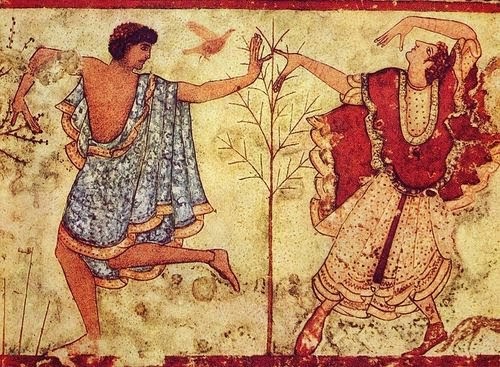Re: Are Armenians white????
And how long of a span through the last couple millennium has Armenia been independent?
Originally posted by Mos
View Post










Comment